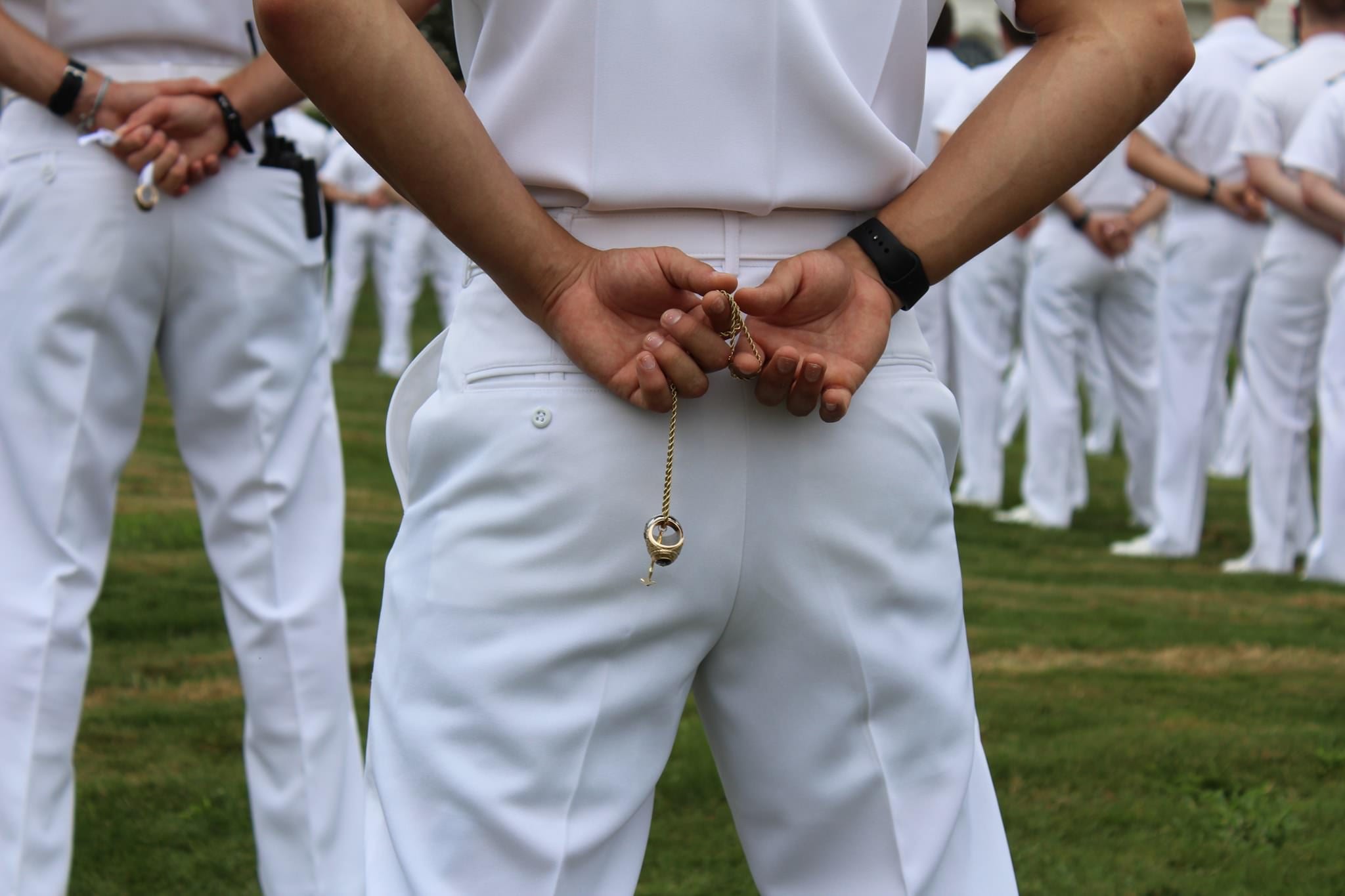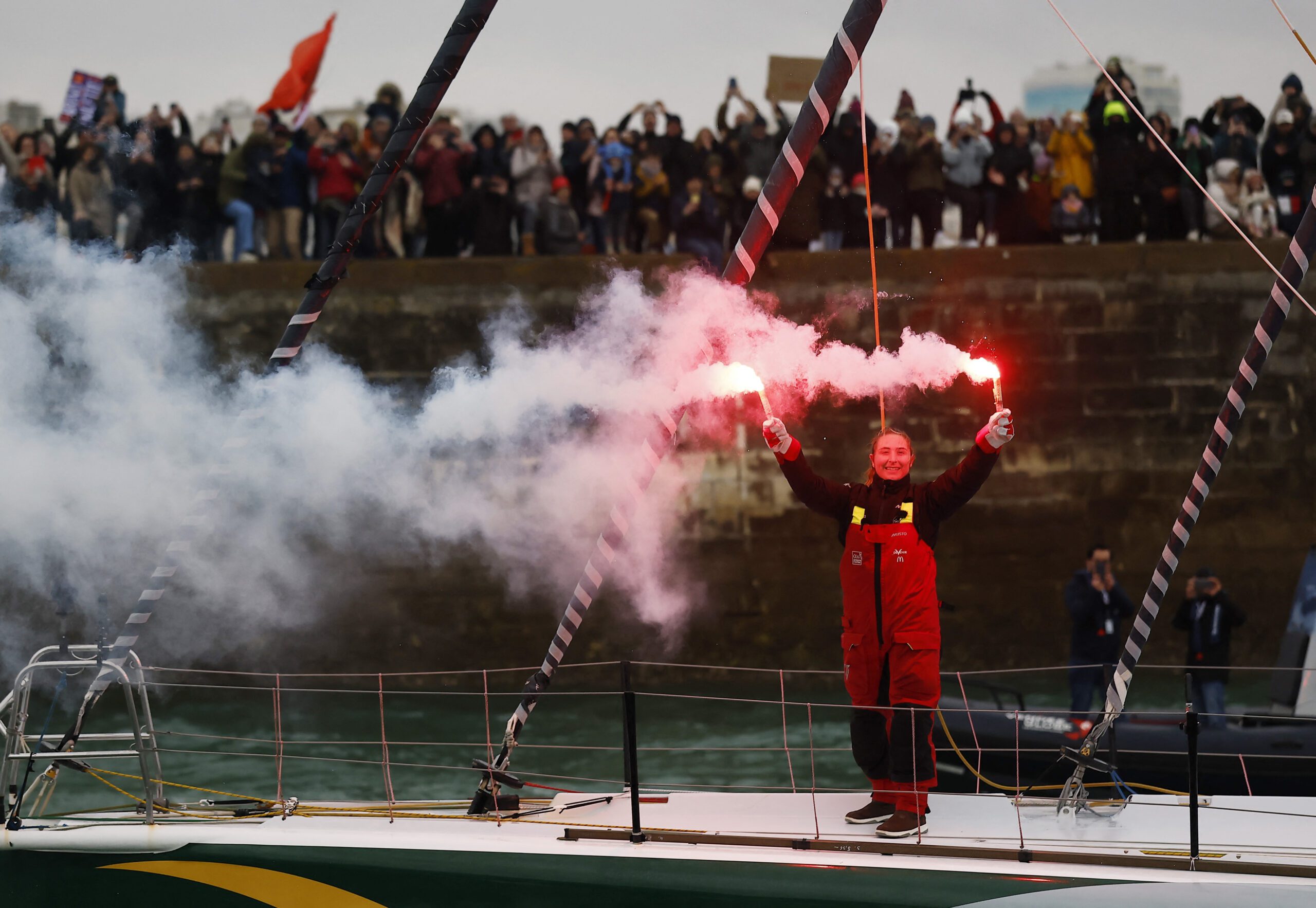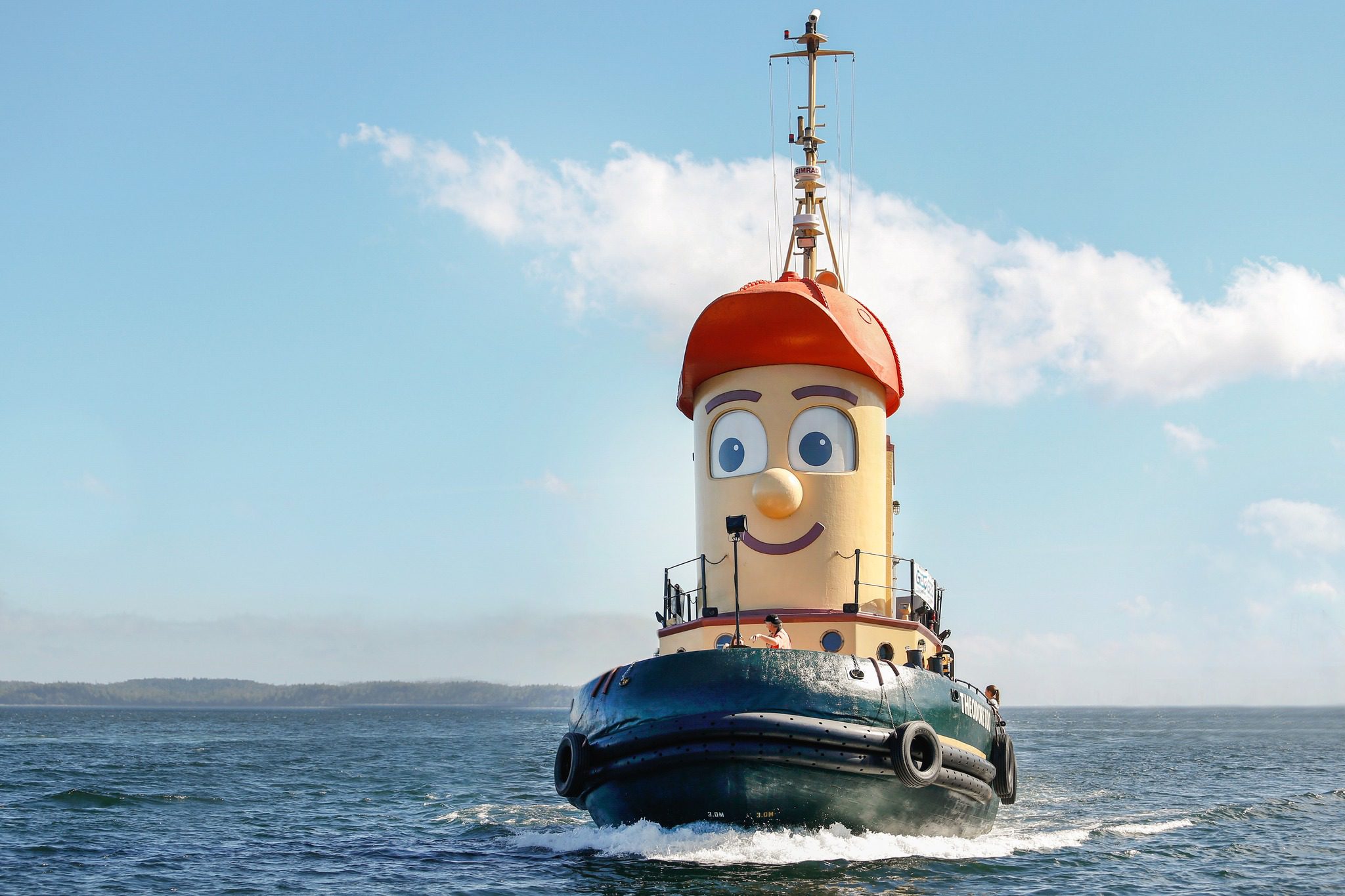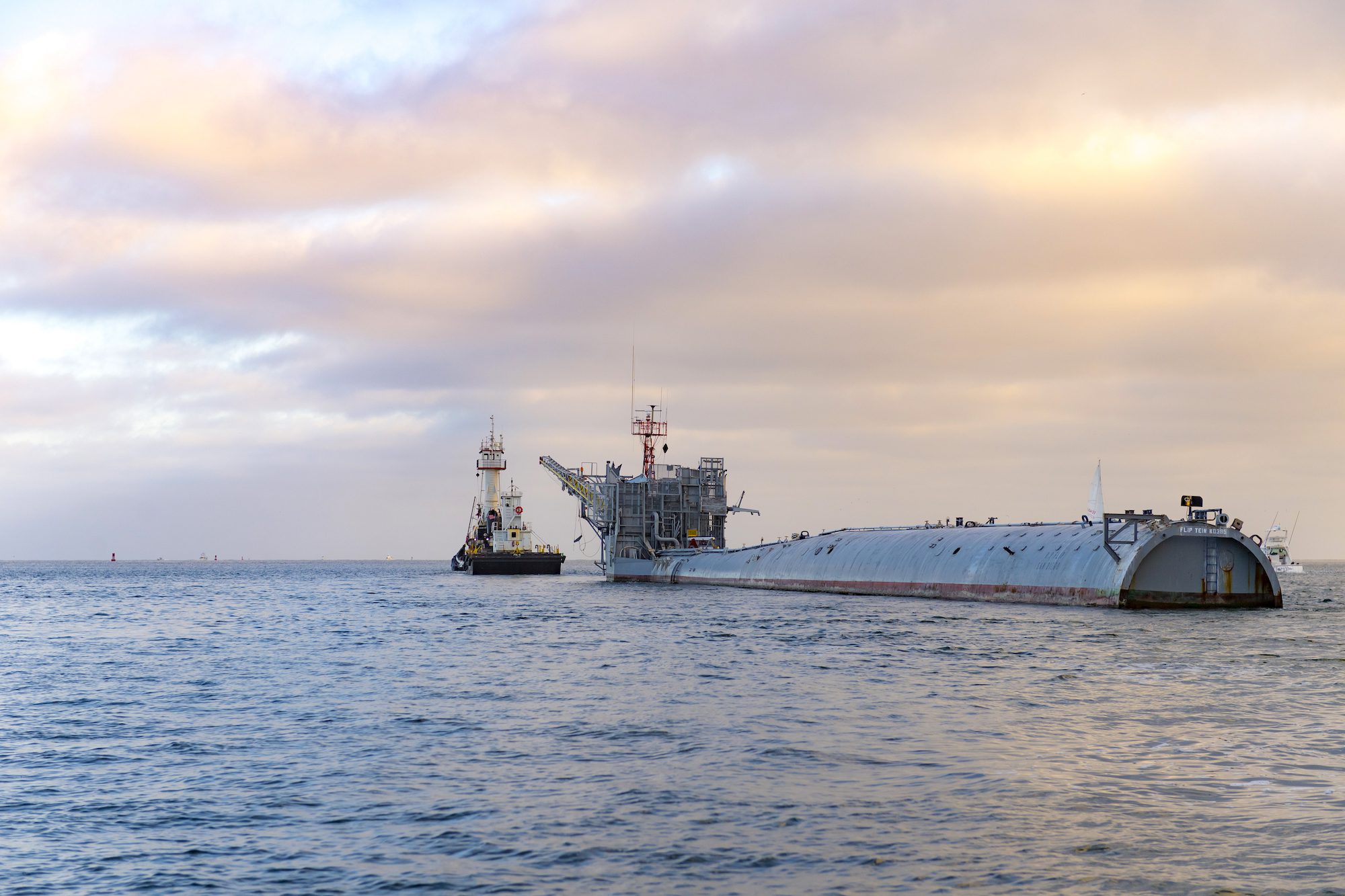Photo Of USMMA Midshipman standing in formation at the ring ceremony. Photo via USMMA
by Captain John Konrad (gCaptain) The United States Merchant Marine Academy (USMMA) at Kings Point (KP), New York is our nation’s only service academy dedicated to an industry but, because their midshipman have served in every major conflict since World War II, is the only academy authorized to carry a military battle standard. At times calls for the closure of USMMA have reached such a fevered pitch on our forum that major media outlets have picked up on the story to question the very existence of the institution.
Despite gCaptain’s strong editorial support of USMMA over the years, anti-USMMA voices continue to sound on or forum and in comments across our social media platform. As founder and CEO of gCaptain I would like to take this opportunity to reiterate our support of Kings Point.
We also call for a large increase in federal funding for the program.
The Case For Closure
USMMA’s primary focus is to train midshipmen to sail aboard large ocean-going US Flagged ships operating at sea. The primary argument made by the vocal minority of gCaptain readers calling for the closure of KP is that, due to the fact only 81 American ships currently operate in foreign trade, there are not enough jobs available for young graduates. Critics say it is unfair that students from our nation’s five state maritime schools, the majority of who are saddled with large student loan payments, must compete for jobs against KP graduates who all receive free tuition.
“It is just unfair,” said one gCaptain reader. ”Tuition at KP is paid by the taxpayers. They compete for jobs with state students who need those jobs to pay off student loans.”
MARAD’s defense to this criticism is strong. While the number of US Flagged ships is pitifully low the average age of mariners is high and we are facing a critical shortage of U.S. merchant mariners needed to crew the commercial and government-owned sealift ships necessary to meet national security needs.
The US Maritime Administration (MARAD), which has federal oversight of KP, argues that all KP alumni serve as active duty or naval reserve officers and work not just aboard deep-sea commercial ships but aboard US naval, Military Sealift Command, inland waterway, offshore, research and other types of vessels around the world.
Even the strongest critics of KP don’t often dispute the critical need for better trained American mariners in the near future so… their argument really comes down to fairness and cost.
“Maybe the millions in taxpayer dollars going to KP” says a longtime gCaptain forum reader who goes by the nickname Steamer. “That money would do more good elsewhere, like for training and retention of American mariners.”
Ok, So let’s look at the money.
Show Me The Money
According to a recent report, the US Maritime Administration (MARAD) has requested $81.9 million dollars to operate the school next year. This is a decrease of $3.5 million from the FY 2020 Enacted level.
$81.9 million is 1.0237 percent of $8 Billion.
Over $8 Billion is the cost of the USS Zumwalt, a vessel that currently does not work. It does not work but we are building 2 more. The Navy wants to decommission 4 young LCS’s (which crews have nicknamed “Little Crappy Ships” ), ships which are expensive to operate and do not meet their core needs but, despite their numerous failures, we are still building at least three more LCS’s at a price tag of $646m a pop.
Because they are new we do not know the operating cost of the USS Zumwalt and because it’s combat systems doesn’t currently work the operating cost will be relatively low but we do know the cost to upgrade and operate the LCS’s the Pentagon no longer wants is $90 million per vessel per year or eight million more than KP’s annual operating budget.
The navy has also asked Congress to decommission an aircraft carrier. The average cost to just operate and maintain a carrier is approximately: $160 million per year just for the personnel. Add aircraft fuel and maintenance parts, and you’re looking at closer to $400 million per year or 4.9 times the operating cost of Kings Point. (Congress did not approve the navy’s request.)
Total Defense spending (not just within the DOD but also including nato, foreign defense treaties, foreign defense aid, corporate kickbacks, tax breaks for defense contractors, rebuilding Iraq, rebuilding Afghanistan…) exceeds $1 Trillion per year.
$81.9 million is 0.00819 percent of $1 trillion.
And the long term taxpayer cost of offering KP midshipmen free tuition is MUCH lower over 20 years. Over the next two decades, some of those KP graduates go onto start companies that expand the tax base at a rate faster than inflation. While interest on the dod budget will continue to balloon far into the foreseeable future, education will continue to pay back the nation as long as KP alumni continue to build companies and create jobs.
In twenty years the USMMA class of 2020 will continue to pay into the nation’s economy but that $8 billion warship will just get scrapped.
The Fairness Principal
“Who says life is fair, where is that written?” -William Goldman
It is true the skyrocketing cost of college tuition has saddled most graduates of state academies with debts that will take years to repay. The $1.6 trillion college student loan crisis is deeply unfair to the younger generation but it is a problem at nearly every state college, not just the maritime ones.
MARAD can not solve the problem of escalating tuition costs nationwide but it can, and has, prevented operating costs at KP from ballooning.
It is highly unfair that some merchant marine students get free tuition while others are laden with debt but which side of that equation should MARAD work to balance?
Shortly after becoming MARAD Administrator, Mark Buzby went to work balancing the equation by working with Congress to help relieve the single biggest expense at state maritime academies. He worked with Congress to secure funding for five new training ships. A ship construction contract that could be worth more than $1.5 billion and will certainly help schools reduce fuel and maintenance costs while dramatically improving the quality of a state maritime school education.
The replacement of our antiquated fleet of state training ships received applause throughout the industry but one school did not receive any additional funding. Because Kings Point sends midshipmen out on commercial ships so it does not require a training ship it only seems fair that congress would not spend hundreds of millions of dollars to purchase one for KP.
While the new training ships will be equipped with the latest bridge and engineering technology as well as technologically advanced laboratories, the American ships which KP midshipmen sail upon are mostly old and rusty.
KP midshipmen deserve access to the same technology that state school cadets have but they will have to settle for less.
Further tipping the scales is that the other service academies of our nation are investing heavily in new technology. In October 2016 the United States Naval Academy broke ground on a new New Cyber Building that cost in excess of $120m. That same year the US Air Force Academy built a stunning 45,000-square-foot, U-shaped leadership center that won architectural awards. In 2018 West Point received $160 million in funding for a new engineering center.
As detailed in last year’s Boston Globe cover story the maritime industry is far behind in the adoption of new technology. and new maritime technology is of the critical need to meet new green emission standards and strengthen national defense.
A merchant marine technology and innovation center would likely cost less than a single training ship and could train midshipmen on the latest technology for decades and, if congress would allow outside participation and investment, it could be a center for global maritime technology and do for our industry what Stanford and MIT have done for the tech sector.
To further promote fairness, the brightest minds at the state academies could be invited to spend time at Kings Point to be given the opportunity to develop smart ideas into real innovative solutions to serious industry problems.
To get bipartisan support for the bill, this center could support military innovation projects on one floor and green technology projects on another.
National Defense
While the stated purpose of KP is to training midshipmen to serve aboard commercial ships the reality is that KP has become a critical component to national defense. The sheer size of our military and global scope of American operations presents huge logistical challenges in both peace and in war.
The critical role the merchant marine plays in today’s military operations coupled with the size and scope of merchant marine assets owned by our stated adversaries and the critical shortage of mariners are a trifecta of reasons to maintain USMMA funding.
But more can be done.
In 1993 MARAD announced the launch of the Global Maritime and Transportation School on the campus of the USMMA. GMATS provided continuing education training for all American Merchant Mariners in a wide range of subjects from core license training required to advance your license to military operation training like sailing in a convoy. Unfortunately, amid loud industry protests, it was closed in 2012.
In my article titled, “Admiral I’m not ready for war” I detailed the critical need for the type of basic military training which GMATS provided but it also served a commercial purpose.
Second only to high amounts of college loan debt, all maritime graduates (including Kings Point Alumni) are required to return to school regularly and pay for USCG required classes. Compounding the problem is that each segment of the industry requires specialized training classes which ship officers often have to pay for themselves.
Kings Point is not large enough to host all of the training classes required by today’s ship officers but could, by funding a new version of GMATS, provide the facilities to train may officers and, MARAD could find money to upgrade the union schools, to train the rest.
In exchange for free (or reduced) tuition all students signing up for training at GMATS or union schools could be asked to join the United States Maritime Service, which is a voluntary service enacted by congress in 1938 and still in the books today. Members of the USMS would be required to wear USMS uniforms to class and pledge that, in the event of war, they would take a supporting role aboard ship or in critical maritime industries like shipyards.
A new GMATS could also host industry seminars and workshops, train Naval officers in the basics of operating ships, it could also train Transportation Command logistics officers, and could host startups working on the Office Of Naval Research projects.
With the cost of each training ship at $389 million and after subtracting $150 million to fund a state-of-the-art innovation and technology center, USMMA would still be left with $100 million to build a home for GMATS with $139M to spare.
It is only fair that the USMMA academy receives the same level of additional funding that state schools have received to build training ships. And it is only fair that some fo this funding is used to provide state academy merchant mariners with access to federal maritime training programs after graduation.
The Best Part Is That It’s Free
While giving the USMMA academy $389 million today is the exact opposite of what KP’s critics want they will also point out that programs like these will greatly increase KP’s yearly operating budget.
That is true and I call on Congress to start with a doubling of the yearly operating budget of KP to support these programs. While this may seem expensive please remember a doubling of KP’s budget can be funded by decommissioning just one unwanted Navy LCS ship and unlike that ship, it will be paying dividends back to the nation for decades to come.
The best part, however, is that this increase in funding will not cost the taxpayer any money at all. The companies that will be developed with technology from an innovation center will produce tax revenue for decades. By giving state students new training ships and KP midshipmen access to ship technology labs we will reduce the chances of another costly incident on our nation’s waterways. And a GMATS will open new career paths with higher incomes for all who pass through its doors and will reduce the need for future recruitment and retention programs.
All will make our domestic maritime industry more profitable and sustainable in the future.
The Culture Of Our Service
While I strongly endorse greatly expanding the capital and operational budget at Kings Point I do want to provide an important caveat.
The need for a technology center is most critical of all these requests because it would provide an even playing field and would provide KP cadets access to the same technology and training offered aboard state training ships but the number one problem facing the merchant marine today is the siloization of industry segments and huge disparities between the cultures, laws, and operations of mariners working on different types of ships.
We desperately need industry-wide training standards and equal access to programs for all mariners (including Hawsepipers) but most critical of all is that all American Merchant Mariners share a common set of principals and a common culture.
We need all US Merchant Mariners to know they are shipmates, part of the same team and need to row together into the fog of an uncertain future.
With $139 million left in the budget I ask congress to fund opportunities to build one culture of service throughout the merchant marine officer corps.
There are many ways to accomplish this but it starts with a single uniform worn by all students at all academies. It requires a common language and a common set of experiences throughout all the schools.
Specifically, I would call on the USMMA to conduct the summer indoctrination of all students enrolled in Merchant Marine license programs.
In the past year, I have had the opportunity to talk with presidents and administrators at most of the state schools and they all face one big problem. This is also a problem at Kings Point. The problem is it’s difficult to fit new programs into a curriculum that’s bulging at the seams. A curriculum that’s overstuffed with mandatory license training programs like the ones once offered by GMATS.
Hosting indoctrination at Kings Point would let all the schools better prepare for the upcoming school year. With additional congressional funding and new technology laboratories and GMAT training courses, KP could have the opportunity to reunite the incoming classes after graduation.
It would work like this. State school graduates not obtaining licenses as well as those with licenses who are going to work shoreside or on vessels that don’t require extra endorsements would graduate and enter the workplace on schedule. Those seeking endorsements like STCW, and willing to sign up for the USMS, would travel to Kings Point for an additional 6 months of specialized training after graduation.
This would accomplish several important goals. First, while at school, it would focus students’ attention on the fundamentals of marine engineering and seamanship. Second, it would help alleviate the overcrowding of schedules and provide room for electives. Third, it would assure that mariners are signed up and ready to serve in the event of a national crisis.
Most importantly… it would give our young officers a common set of principles, a common uniform, and the opportunity to meet each other and develop a common culture before leaving to enter the workplace.
The Time Is Now
In the current political hurricane of COVID, supreme court battles, a presidential election, and political protests… it would seem best to hold off on increasing USMMA funding for now. That would be a mistake.
The ideas proposed in this article are bipartisan and designed to help unite the industry, not divide it further. More importantly, the state of crisis we face today points to an uncertain future that’s fraught with uncertainty and danger. These are just the first winds of a growing storm and it’s critical that we take the time to batten the hatches now and invest in our mariners before hurricane-force winds begin to blow.
Click HERE to comment on and discuss this article with other gCaptain readers.

 Join The Club
Join The Club











